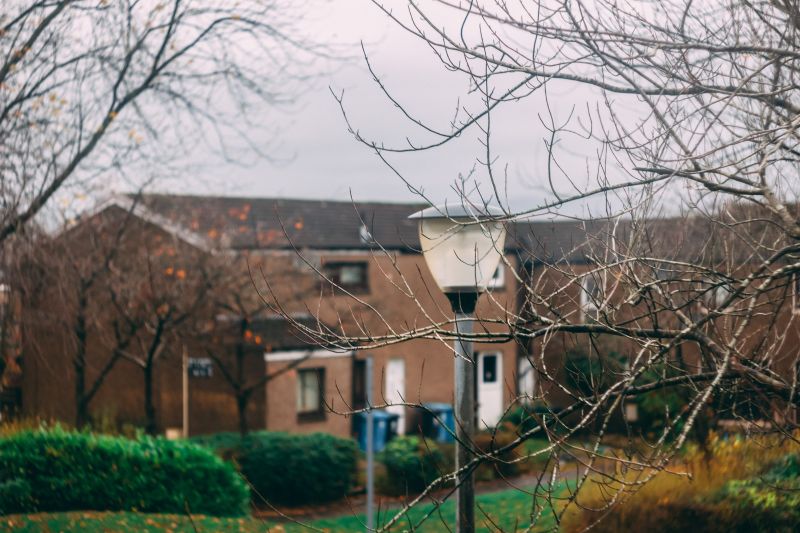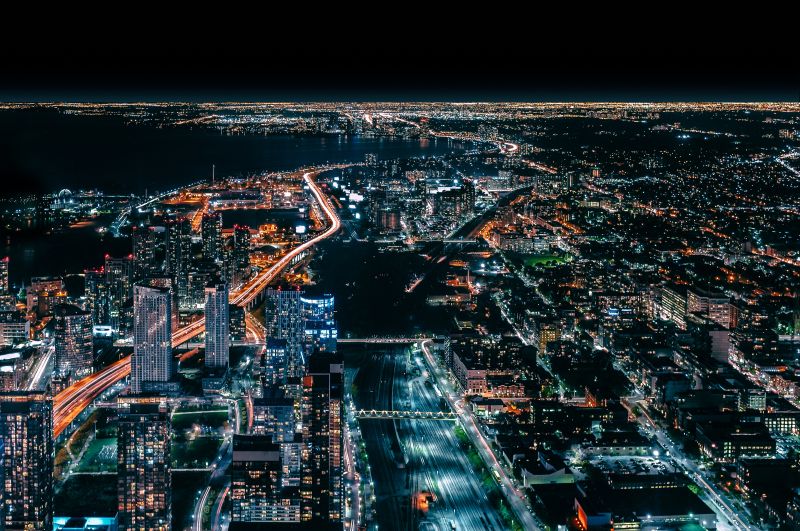In this day and age, most of the UK’s streetlights are powered by LEDs. They’ve gradually replaced older forms of street lights since being hailed the future of lighting – they are even good enough for the Queen and are used to light Buckingham Palace. They initially became the preferred lighting option due to their energy efficiency and in turn, cheaper running costs, however there’s a lot more to LEDs than the basics.
LEDs have received a bit of bad press lately, particularly in the context of streetlamps. Many people are turned off by the initial installation costs – although costs are coming down the more LEDs become mass produced – the glare that LEDs give off. Like any technology, they do have their disadvantages but these are certainly outweighed by positives, as explained by INUI.
Lower energy usage, cheaper bills

Lower energy usage, cheaper bills
LED lighting is the best solution for reducing carbon emissions, which has become really important for businesses, homes and councils. With LED streetlights, their day to day operation consumes up to 60% less energy than their predecessors, whilst also producing more light per watt. They can also be dimmed late at night, creating more control and flexibility and meaning that light and energy is not wasted.
Their energy efficiency also equates to an extremely long life, potentially lasting a lengthy 100,000 hours. That means that maintenance visits are few and far between which can only be a good thing for residential areas and councils.
LEDs and light pollution
More directed lighting means safer streets for pedestrians, residents and cyclists – plus the nature of streetlights white light means it shows more colours, making it easier for motorists to spot any hazards or dangers whilst driving. However there is something to be said for having more light on the streets at night – what about light pollution?
Of course, lighting in any capacity isn’t great for the issue of light pollution. LEDs are by no means the cure however they are definitely the best solution for minimising the impacts. The great thing about LEDs in streetlights is that the right amount of light can be directed to exactly where it needs to be, without turning into skyglow and becoming wasted light in the sky and contributing to light pollution.
With less light pollution, our wildlife has a much better chance of naturally going about their business.
You may have heard about many different animals becoming confused by the increase in light around them, finding their habits such as pollination and hibernation becoming disrupted. The same goes for trees, with those in more artificially lit areas bursting their buds up to a week earlier than those without lighting. The good news is that LEDs don’t produce ultraviolet light, so don’t attract any bugs meaning that insects such as moths can be left to their nocturnal pollination without becoming distracted.
The number crunch

If your street doesn’t yet boast LED streetlights, how much money and energy could be saved if it did? Using INUI’s LED lighting calculator, let’s say for example that you had eight lamps on your street all at 100w and on for 10 hours per day. Based on a typical £0.1 kilowatt per hour, the existing electricity consumption stands at 9.200 kWh, leaving the running costs per year at £335.80.
By switching to LED bulbs, the streets new electricity consumption (based on a 60% reduction over your current lighting installation wattage required for street lighting use) would be 3.68 kWh, with running costs at a much lower £134.32, saving more than 50%. As a result, the total annual savings would be an impressive £201.48 with CO2 emissions savings left at 866.36 (based on a conversion factor of 0.43kgCO2/kWh).
Anything else?
When it comes to the plus points of LED lighting, the list could go on and on. Did you know that they are the closest alternative to natural light so are much better for our health and wellbeing than incandescent or fluorescent bulbs? They also perform better at lower temperatures than any other lighting – great for outdoor lighting in the UK with our infamous chilly weather conditions!
The future for LEDs is bright. In years to come they face becoming smaller, cheaper, more dynamic and more efficient than any other lighting technology, keeping them at the top of their game.
Article Submitted By Community Writer




